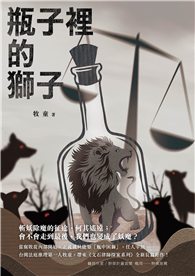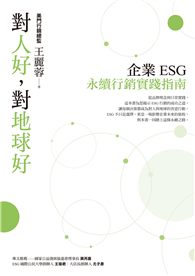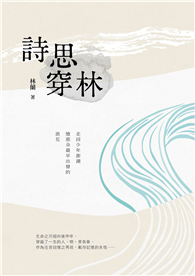Following the development of anti-retroviral therapies (ARVs), many people affected by HIV in the 1980s and 1990s have now been living with the condition for decades. Drawing on perspectives from leading scholars in Bangladesh, Canada, Hong Kong, New Zealand, Switzerland, Ukraine, the UK and the US, as well as research from India and Kenya, this book explores the experiences of sex and sexuality in individuals and groups living with HIV in later life. Contributions consider the impacts of stigma, barriers to intimacy, physiological sequelae, long-term care, undetectability, pleasure and biomedical prevention (TasP and PrEP). With the increasing global availability of ARVs and ageing populations, this book offers essential future directions, practical applications and implications for both policy and research.
| FindBook |
有 1 項符合
Hiv, Sex and Sexuality in Later Life的圖書 |
 |
Hiv, Sex and Sexuality in Later Life 出版社:Policy Press 出版日期:2024-05-21 語言:英文 規格:平裝 / 普通級/ 初版 |
| 圖書館借閱 |
| 國家圖書館 | 全國圖書書目資訊網 | 國立公共資訊圖書館 | 電子書服務平台 | MetaCat 跨館整合查詢 |
| 臺北市立圖書館 | 新北市立圖書館 | 基隆市公共圖書館 | 桃園市立圖書館 | 新竹縣公共圖書館 |
| 苗栗縣立圖書館 | 臺中市立圖書館 | 彰化縣公共圖書館 | 南投縣文化局 | 雲林縣公共圖書館 |
| 嘉義縣圖書館 | 臺南市立圖書館 | 高雄市立圖書館 | 屏東縣公共圖書館 | 宜蘭縣公共圖書館 |
| 花蓮縣文化局 | 臺東縣文化處 |
|
|
圖書介紹 - 資料來源:博客來 評分:
圖書名稱:Hiv, Sex and Sexuality in Later Life
內容簡介
作者簡介
Mark Henrickson is Professor of Social Work at Massey University. Casey Charles is Emeritus Professor of English at the University of Montana. Shiv Ganesh is Professor of Communications Studies at the University of Texas at Austin. Sulaimon Giwa is Associate Professor of Social Work at Memorial University of Newfoundland. Kan Diana Kwok 郭勤 is Associate Professor in the Department of Special Education and Counselling at the Education University of Hong Kong. Tetyana Semigina is Professor in the Department of Social Work and Applied Psychology at the Academy of Labour, Social Relations and Tourism, Ukraine.
|











